In today’s ever-evolving world of interior design, there’s a growing appreciation for timeless styles that reflect the charm of yesteryears. Whether you’re renovating your home or simply looking to refresh your space, classic, vintage, and retro decor offer unique character and authenticity. For those seeking to sell their finds or embark on a decorating journey, navigating the landscape of marketplaces can feel overwhelming. This guide explores the best platforms for selling classic and vintage decor, delves into the nuances of vintage home styling, and provides insights into retro design trends. From understanding what defines vintage decor to discovering the most effective ways to sell your pieces, this comprehensive exploration will help you make informed decisions about where and how to showcase your treasures. Stay tuned to uncover the secrets of successful selling and gain valuable tips for curating spaces that stand the test of time.
Key Takeaways
– Crafting Vintage Home Decor: Source vintage pieces, balance old and new styles, repurpose items, focus on lighting, restore furniture, add personal touches, create cohesive layouts, and maintain items properly.
– Understanding Vintage Houses: A house is vintage if it’s 20-99 years old, rich in historical context, and retains original features.
– Embracing Retro Decor: Channel mid-century modern designs, bohemian aesthetics, nostalgia, and eclectic mixes for a unique, timeless look.
– Top Marketplace for Retro Finds: Explore RetroSales for curated vintage items and collectibles to elevate your decor.
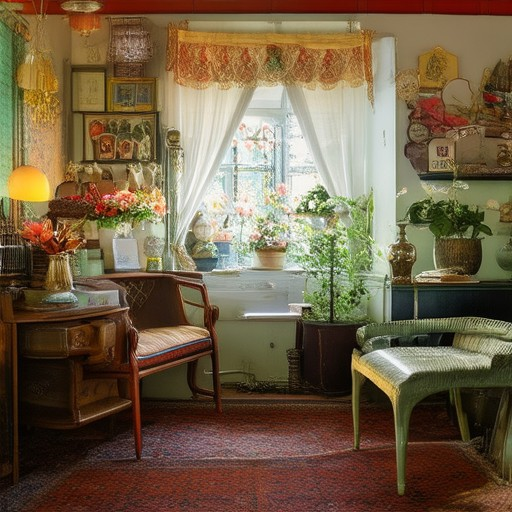
What is the Best Marketplace to Sell Antiques?
Selling antiques requires careful consideration of the platform that aligns best with your target audience and goals. Here are some of the top marketplaces to consider:
Online Platforms
- Etsy : Ideal for handmade, vintage, and unique items. Etsy has a strong emphasis on craftsmanship and uniqueness, making it perfect for antiques.
- eBay : A global marketplace with a broad audience. eBay allows you to set your own prices and reach a wide range of buyers.
- Craigslist : Great for local sales. Perfect for those looking to sell items locally without high fees.
- Facebook Marketplace : A popular choice for local transactions. Connect with your community and reach buyers quickly.
- Poshmark : Specializes in fashion and accessories. If you have vintage clothing or accessories, this platform is worth exploring.
- Ruby Lane : Dedicated to art, jewelry, and antiques. Known for its focus on high-quality items and a supportive community.
Local Markets and Events
- Flea Markets: Places like Brimfield Flea Market or Grandfather Clock Auction often feature antiques and collectibles.
- Antique Shows: Events like the Antique & Collectible Show provide opportunities to showcase your items to a passionate audience.
- Swap Meets: These events bring together sellers and buyers, allowing for direct connections and negotiations.
Specialized Auction Houses
- Heritage Auctions : Renowned for handling rare and desirable items. Their expertise in antiques and collectibles makes them a trusted option.
- Sotheby’s : One of the world’s leading auction houses, specializing in fine art, jewelry, and luxury items. While primarily high-end, they offer opportunities for unique pieces.
- Auction.com : Offers a variety of auctions, including estate sales and collectibles. Easy to use and accessible for sellers of all levels.
Social Media Platforms
- Instagram : Visual storytelling is key here. Showcase your antiques with high-quality images and engage with followers by using relevant hashtags like #VintageFind or #AntiqueJunkie.
- Pinterest : Perfect for sharing inspiration and connecting with pinners who are interested in antiques and home decor.
- TikTok : Create short videos showcasing your items and their unique stories to capture attention and drive traffic to your sales channels.
When choosing the best marketplace for selling antiques, consider factors like your target audience, the items you’re selling, and the fees associated with each platform. By leveraging a combination of online and offline methods, you can maximize your reach and sales potential.
Do Antiques Sell on Facebook Marketplace?
Yes, antiques certainly sell on Facebook Marketplace. This platform provides a convenient space for individuals to buy and sell a variety of items, including antiques. Here’s how it works:
I find Facebook Marketplace to be an excellent avenue for selling antiques. It allows sellers to reach a broad audience quickly and efficiently. Whether you’re looking to declutter or make some extra income, Facebook Marketplace can be a great option.
- Reach:** Facebook Marketplace connects millions of users globally, making it easy to find potential buyers for your antiques.
- Simplicity:** Listing items is straightforward, and you can manage transactions directly through the platform.
- Cost-Effective:** There are no listing fees, making it a cost-effective way to sell your antiques compared to traditional auction platforms.
- Community Engagement:** Facebook Marketplace often attracts collectors and enthusiasts who are actively seeking unique pieces like antiques.
I recommend checking out competitors like eBay and Poshmark for comparison, as they offer similar services. However, Facebook Marketplace stands out for its user-friendliness and extensive reach.
By leveraging Facebook Marketplace, you can effectively sell antiques while connecting with a diverse group of buyers. Happy selling!
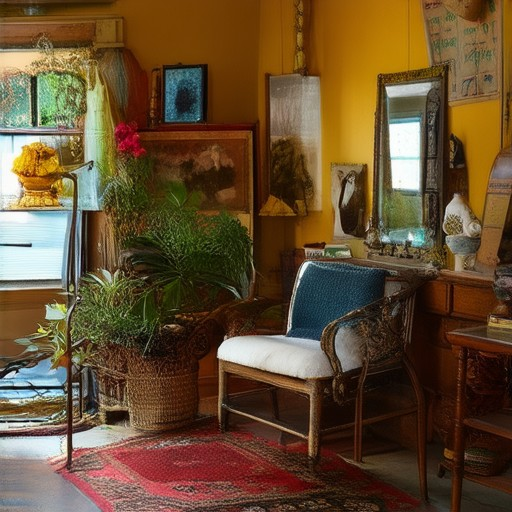
What is Considered Vintage in Home Decor?
Vintage decor refers to items that are at least 20 years old but less than 100 years old. These pieces reflect the design, craftsmanship, and aesthetic of earlier eras, often featuring unique materials, intricate details, and a sense of history.
Key Characteristics of Vintage Decor
- Age Range: Typically spans from the early 20th century (1920s) to the late 20th century (1990s).
- Materials: Often made from natural materials like wood, metal, glass, and ceramic, which develop a distinct patina over time.
- Design Style: Features timeless designs, such as mid-century modern, art deco, Victorian, or retro aesthetics.
- Condition: Pieces may show signs of wear, scratches, or imperfections, adding to their character and story.
Why Choose Vintage Decor?
Vintage items offer a unique combination of history, craftsmanship, and charm. They can transform a space into a personalized retreat that tells a story, while also supporting sustainability by reusing historic pieces.
How to Incorporate Vintage Pieces
- Mix textures and styles to create a eclectic atmosphere.
- Consider vintage lighting, furniture, and decorative accents that complement your space.
- Add personality with unique artifacts, photographs, or vintage textiles.
Where to Find Vintage Decor
Explore local antique stores, flea markets, or online platforms like Retro Sales for curated vintage finds. Remember to inspect items for quality and authenticity before purchasing.
Summary
Vintage decor is characterized by its age, unique design, and historical significance. By incorporating vintage elements, you bring timeless beauty and storytelling into your home, creating a one-of-a-kind environment that reflects your personal style.
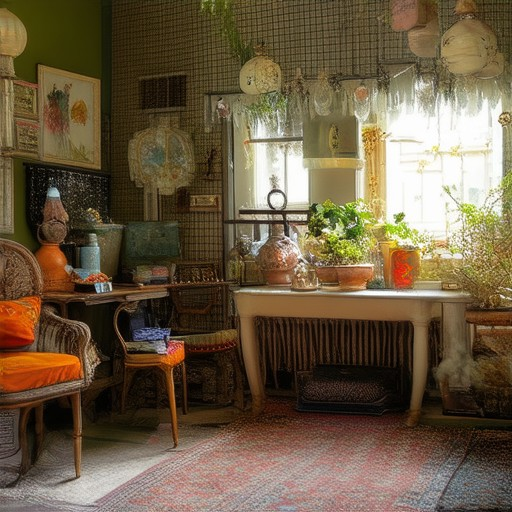
How to Create Vintage Home Decor
To create a vintage-inspired home decor, start by identifying key elements that evoke nostalgia and timeless elegance. Here’s a step-by-step guide:
- SOURCE VINTAGE PIECES: Begin by gathering vintage items such as furniture, decor, and accessories from local flea markets, antique stores, or online platforms like RetroSales . These platforms offer curated collections of vintage finds and collectibles.
- BALANCE OLD AND NEW: Mix vintage pieces with modern elements to create a harmonious look. Opt for geometric patterns or solid colors that complement the vintage aesthetic. Consider pairing vintage furniture with modern throws or rugs.
- CURATE ARTWORK: Combine modern abstract art with vintage frames or traditional paintings using sleek, modern frames. This adds visual interest and bridges the gap between eras.
- DO IT YOURSELF: Repurpose old items into functional decor. Transform an old door into a decorative piece or upcycle furniture with paint, sanders, or hot glue guns for a personalized touch.
- FOCUS ON LIGHTING: Incorporate vintage lighting fixtures, such as lamps or chandeliers, to enhance the ambient atmosphere. Soft tones and earthy hues can further emphasize the vintage vibe.
- RESTORE AND REFINISH: Restore vintage furniture by stripping wood, refinishing, or adding new upholstery. Affordable tools and supplies can be found at local hardware stores or online shops.
- ADD PERSONAL TOUCHES: Display family heirlooms or personal items to infuse the space with meaningful history. Place these items on shelves or as wall decorations for added character.
- CREATE A COHESIVE LAYOUT: Arrange vintage pieces thoughtfully, grouping similar styles together to avoid clutter. Use statement pieces to draw the eye while keeping smaller accents subtle.
- MANTAINANCE TIPS: Clean and preserve vintage items gently to ensure longevity. Store textiles in breathable containers and use mild detergents to prevent fading or damage.
By blending vintage elements with modern sensibilities, you can create a unique and timeless home decor that tells your own story. Start exploring vintage finds today and transform your space into a classic retreat!
How Old Does a House Have to Be to Be Considered Vintage?
The term “vintage” typically refers to items or properties that are at least 20 years old but less than 100 years old . This timeframe is often used to denote a sense of history and timeless appeal, making the property eligible for preservation or renovation efforts.
Key Considerations:
- Age Range : A house is generally considered vintage if it falls within the 20 to 99 year old range. This cutoff reflects a balance between historical significance and modern standards for safety and functionality.
- Historical Context : Properties from the early 20th century (e.g., 1900s) are often highlighted for their architectural character and cultural importance, making them prime candidates for vintage status.
- Condition and Character : While age is a primary factor, the physical state of the house also plays a role. A vintage house may exhibit original features, craftsmanship, or design elements that contribute to its charm.
Examples:
- A 50-year-old house might feature mid-century modern design elements, while a 100-year-old house could boast Victorian-era architecture or historic detailing.
- Preservation efforts for vintage homes often focus on retaining original materials and finishes, emphasizing authenticity over contemporary updates.
In summary, a house is typically deemed vintage if it is at least 20 years old , reflecting a blend of historical value and timeless appeal.
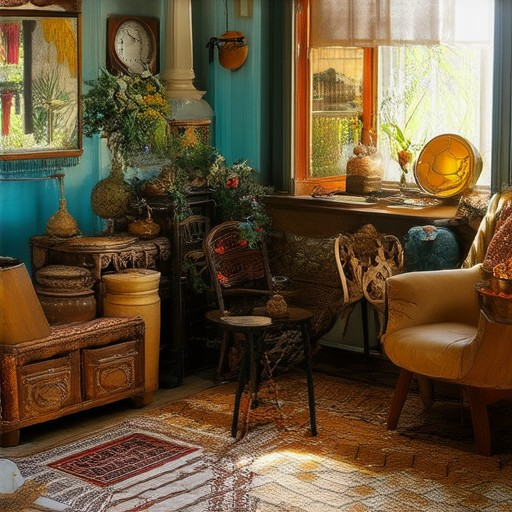
What is Retro Home Decor?
Retro home decor is a design style that draws inspiration from the fashion and aesthetics of the mid-20th century, particularly the 1950s, 1960s, and 1970s. This style is characterized by a blend of mid-century modernism and bohemian influences, creating a unique and nostalgic look. Retro decor often features geometric patterns, vibrant colors, and eclectic furniture pieces that reflect the cultural shifts of the time.
Key Characteristics of Retro Home Decor
- Mid-Century Modern Influence : Retro decor is heavily influenced by the mid-century modern movement, which emphasizes clean lines, minimalist design, and functional yet stylish furniture. Iconic pieces like Eames chairs and Le Corbusier-inspired sofas are staples.
- Bohemian Style : The 1970s brought a hippie-inspired aesthetic to home decor, with flowing fabrics, earthy tones, and unconventional design elements. This aspect of retro decor adds a free-spirited and laid-back vibe to spaces.
- Nostalgia Factor : Retro home decor appeals to a sense of nostalgia, bringing back memories of simpler times and iconic eras. It’s about celebrating the charm of the past while giving modern homes a timeless feel.
- Eclectic Mix : Retro decor is all about mixing and matching different styles and eras. You might see mid-century modern furniture paired with Victorian-era antiques or 70s-inspired wall art.
Popular Items in Retro Home Decor
- Furniture : Mid-century modern chairs, Danish-style sofas, and vintage dining tables.
- Lighting : Retro-inspired chandeliers, pendant lights, and table lamps with geometric shapes.
- Art and Wall Decor : Vintage posters, abstract paintings, and quirky wall art reflecting the counterculture movements of the 60s and 70s.
- Textiles : Floral upholstery, tapestries, and throws that bring a bohemian touch to any room.
- Household Items : Retro appliances, vintage kitchenware, and unique decorative pieces like ceramic planters or vintage mirrors.
Where to Find Retro Home Decor
To bring retro style into your home, you can explore platforms like Retro Sales , which offer curated collections of vintage items and collectibles. Their blog provides insights into retro culture, nostalgia, and vintage trends, helping you find the perfect pieces to transform your space.
By embracing retro home decor, you’re not just decorating a room—you’re telling a story of time, culture, and personal style. Whether you’re redoing a vintage space or giving a modern home a retro twist, this style offers endless possibilities for creativity and uniqueness.
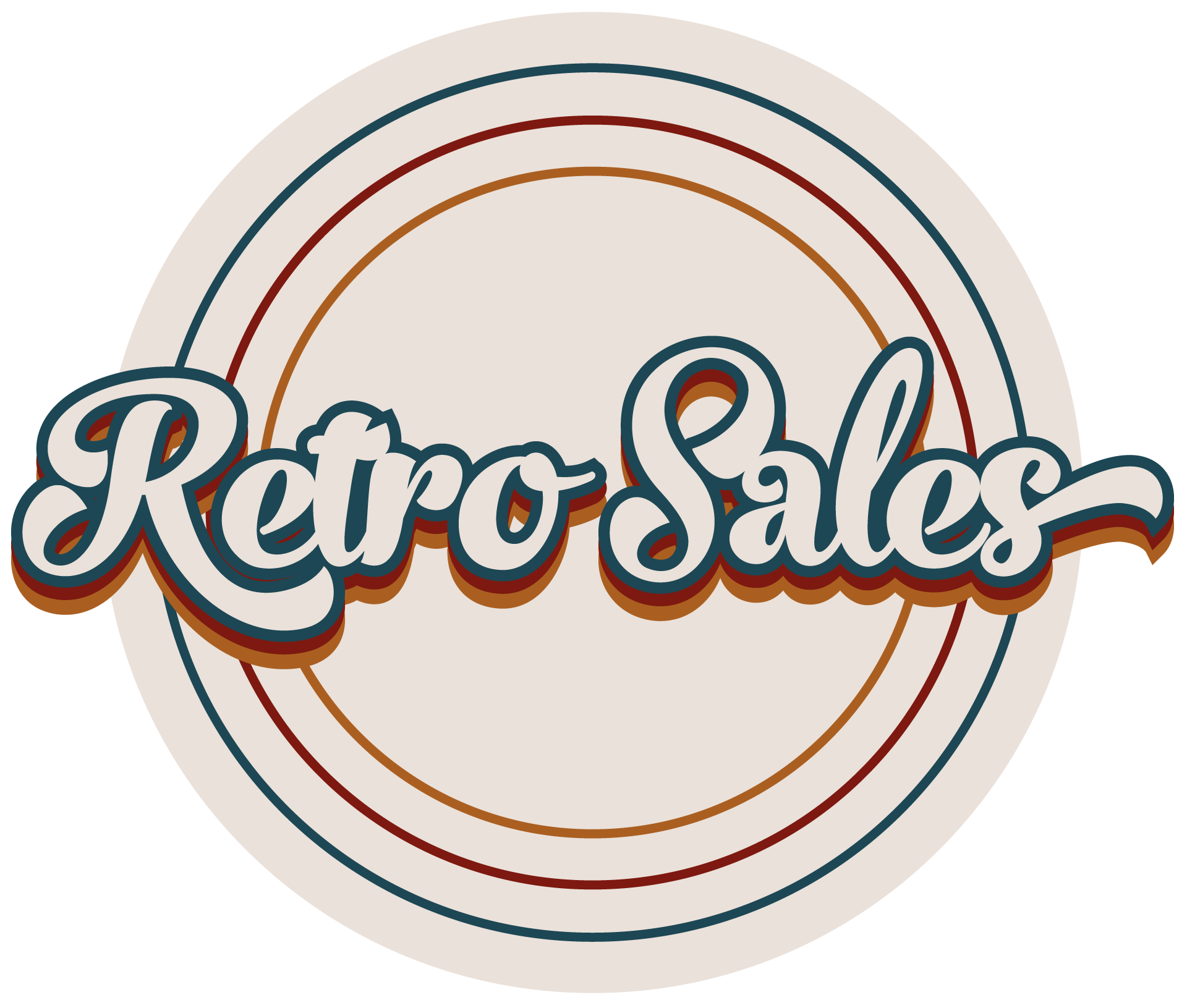
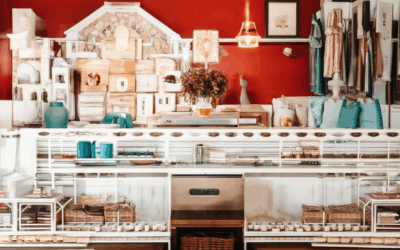
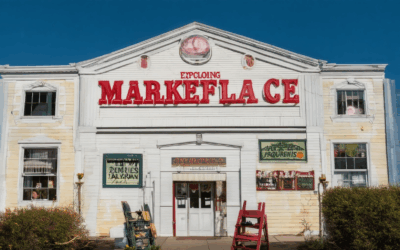
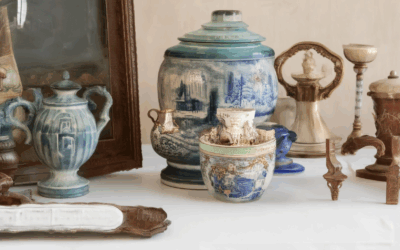
0 Comments